Many plants are easily grown from purchased or collected seeds.
Planting depth is related to seed size, the general rule of thumb is to plant it so the soil on top is about equal to the size of the seed.
Some seeds are placed on top of soil instead of being buried, they need light to germinate.
Planting time is usually spring or fall. Some seeds need a cold spell before germinating, cold stratification. This is typical of perennial plants that go dormant over the winter. After 6-8 weeks of cold ( in the ground or in your refrigerator ) plant them. Seeds that require a cold stratification usually won’t germinate until it is warm and moist after the cold spell.
Seeds from annuals that die off in the cold are typically planted once the ground warms up. If you are trying to get a jump start on spring a warm window, radiator or electric skillet can be used to warm the bottom of the pots.
Hard, thick seeds such as those in the legume family may need to be scratched or nicked (scarification) before germinating. Large nurseries use chemicals, hydrogen peroxide or sulfuric acid, to scar the seeds. The reason for nicking the hard shell is to let in some moisture to kick start germination
Seeds that are inside a fruit, tomatoes, citrus fruits…., need to be removed from the fruit and dried before planting. I remove the fruit and spread the seeds on a paper towel for a couple of days to dry them.
Most seeds can be stored for years if kept dry and at temperatures ~40’F-60’F
Fungus is a common problem when starting seeds in pots or indoors. Spraying with water usually kills off the fungus. More serious cases can be treated with copper ( available at most garden supply stores )
I find starting slow growing perennials, like carnivorous plants, work best in small terrariums where they’ll be humid and safe from damage. I use peat moss as the medium. Many take ~4 years to reach 3″ across.
Test tube plants are growing in popularity. I haven’t had any success starting them myself, but I frequently purchase plants started in test tubes. You can find agar and test tubes online. The trick is to sterilize the tubes, mix and seeds with out killing the seeds.
I’ve also seen seeds started in test tubes half filled with water. Mine molded, I’ll try again when it’s too cold to go outside and putter in the garden.
Seed Germination Database
Seeds and Seedpods Database
Seeing the light: Scientists unlock seed germination process
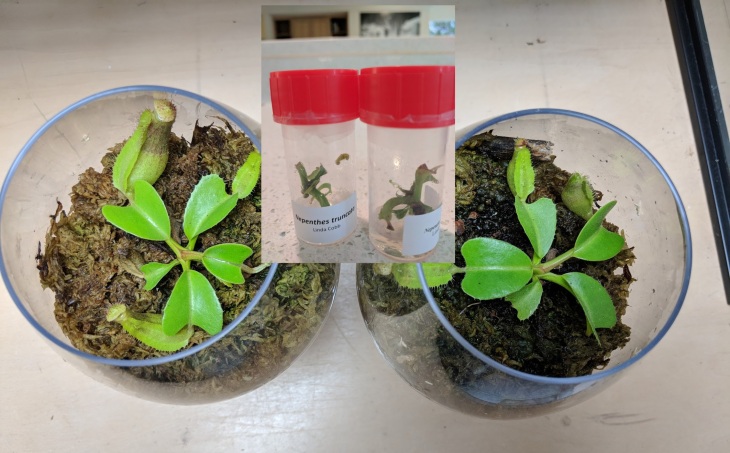

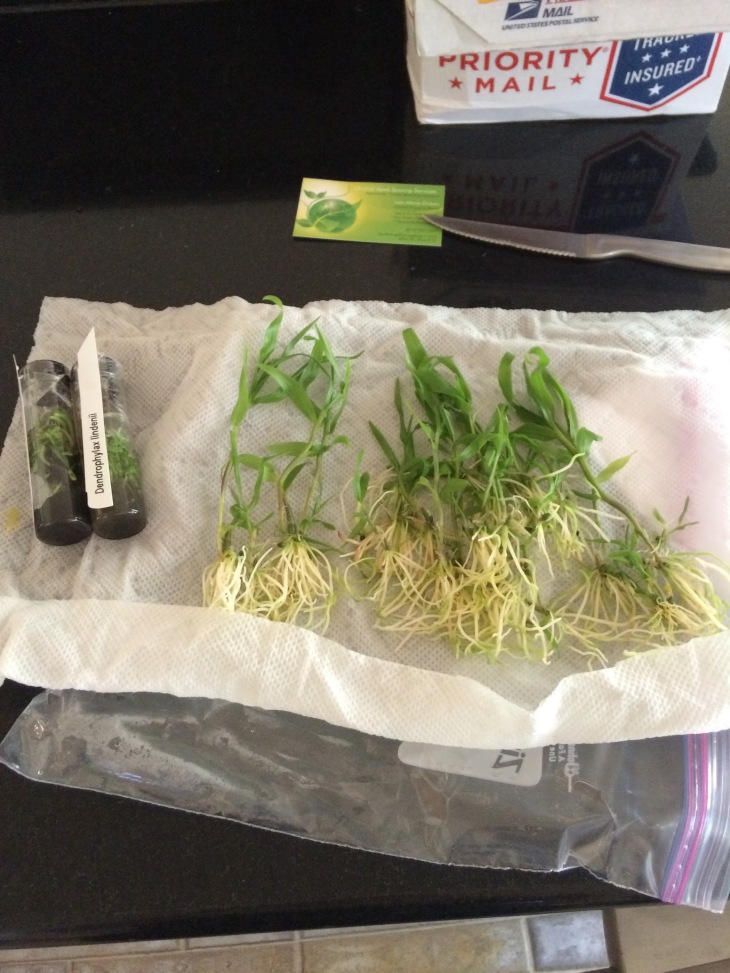
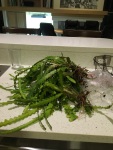
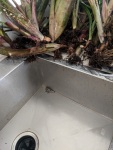

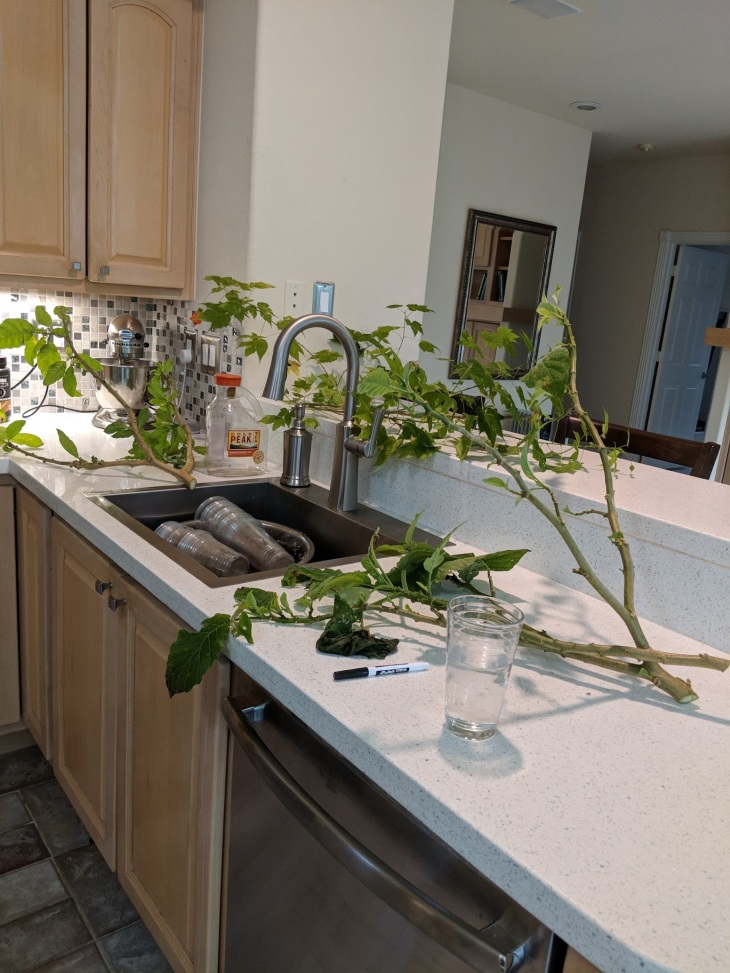

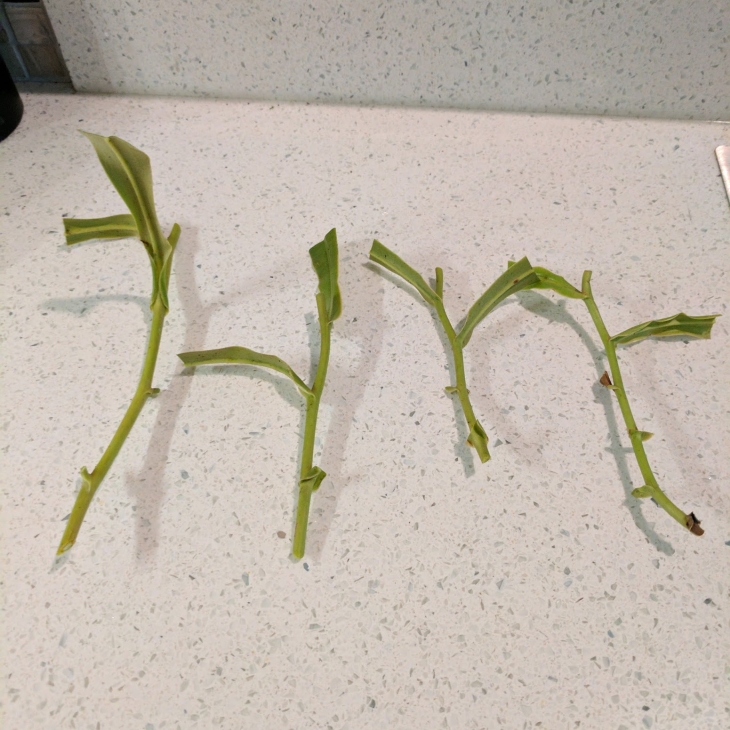

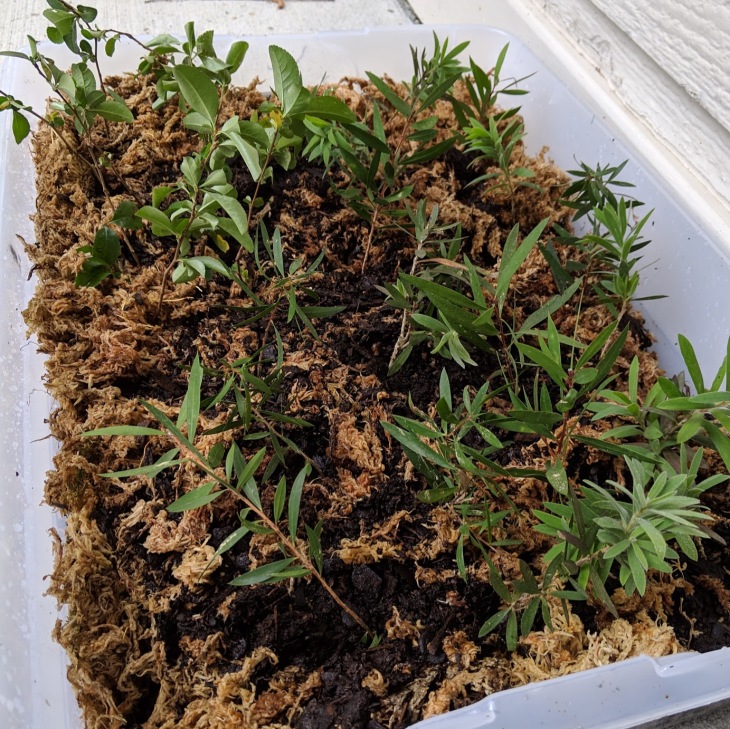
You must be logged in to post a comment.